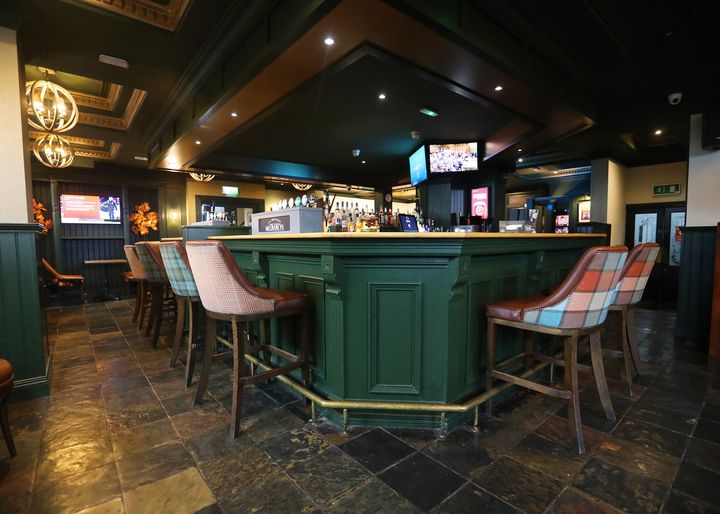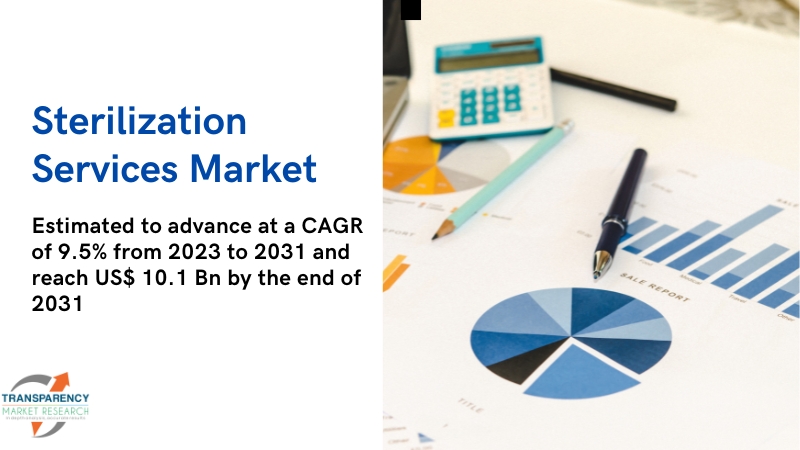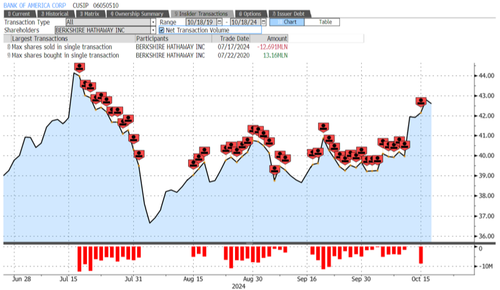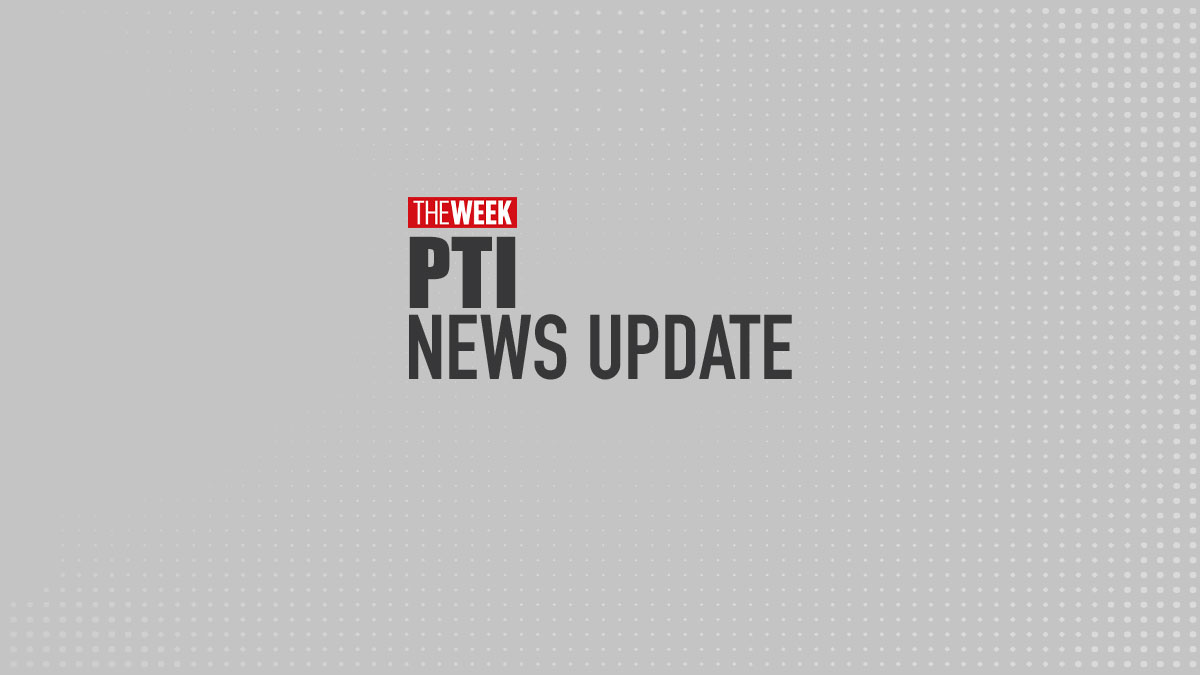
Gus Carlson is a U.S.-based columnist for The Globe and Mail.
When I worked on Wall Street in the 1990s, my boss, Donald Marron, the chairman and CEO of PaineWebber, was in great demand as a media commentator on the sweeping changes reshaping the banking and investment industry. It was a time when electronic trading was growing quickly, fuelling speculation that stockbrokers and investment advisers would soon be replaced by online platforms and call centres serving the growing universe of individual retail investors. Mr.
Marron and I would travel to the newsrooms of major media outlets to discuss the shift and, without fail, he would be asked how soon the sky would fall on the armies of investment professionals that had ruled the Street for decades. Mr. Marron, an analyst by training who knew something about the dynamics behind market trends, would calmly answer with this fundamental truth.
Money is a very personal thing, he would say, no matter how much you have. Sure, you can trade online and get support from a call centre. But on a regular basis, you want to go to the bank, see the name above the door, look whomever is taking care of your money in the eye and be reassured that you trust them.
And you will want to make sure your pile is there. It’s human nature, and technology won’t change it. Thirty years later, Mr.
Marron is gone, but his voice is as clear as ever on the relationship people have with their money. It is re-emerging in the latest trend among U.S.
banks: They are building more physical branches – hundreds of them in markets big and small across the country – after more than a decade of contraction of their bricks-and-mortar networks. Bank of America said this week that it will open 165 branches by the end of 2026, with hundreds more to come in the years following. JPMorgan Chase, which has the largest U.
S. bank branch network, said earlier this year that it would open 500 new locations by 2027. Wells Fargo has announced similarly aggressive plans.
Big regional banks such as PNC Financial Services Group are also expanding their ground games with hundreds of new branches. While similar expansion plans have not surfaced in Canada, a recent KPMG report suggests that Canadian bank and credit-union branch networks are ripe for revamping and innovation. To be sure, the new U.
S. outlets are not your grandparents’ branches. The services will go well beyond the traditional offerings.
Bank of America , for example, calls their new branches financial centres that will offer services such as wealth management – an important battleground for banks – and small-business loans. These plans hark back to Mr. Marron’s perspective and reflect the banking industry’s awakening to the need for better personal customer service.
It’s about time. Banks closed thousands of branches after the financial crisis of 2008-09. Then came the rise of remote and digital banking, with growth of a wide spectrum of online services.
The extended slump in the cost of retail space during the height of the pandemic helps, too. Prime storefronts in many cities can be leased at deep discounts compared with pre-2020 rates. To be clear, the rise of physical branches does not mean digital banking is dying.
Far from it. Data from Statista Insights show that the penetration rate of online banking reached 69 per cent this year and is expected to reach 79 per cent in five years. But as happens whenever technology disintermediates relationships between customers and their service providers, the human touch goes missing.
And when dealing with something as personal as money, that can be a problem. Sure, for the routine tasks, digital banking is just fine. But when it comes to unique personal issues, such as investing, retirement and estate plans, customers probably want to talk with someone privately.
That hasn’t always been easy lately. Think about the infuriating experience when trying to reach a live person at your bank to answer questions that can’t be answered by the FAQs on its website or are too personal to entrust to a chat box. From time to time on our media tours, a news anchor would challenge Mr.
Marron’s premise about the deeply personal nature of people’s relationship with their money. His favourite story supporting his thesis was this one: Think about a dinner party, he would say. After a glass or two of wine, people will happily tell perfect strangers all sorts of embarrassing and sometimes lurid stories about their love lives, their families and other very personal things.
But ask them how much money they have, and the conversation stops. Dead. Mr.
Marron was right. And after more than a decade of letting tech get in between customers and their piles, the banks have woken up. Good advice, it seems, never goes out of style.
.














